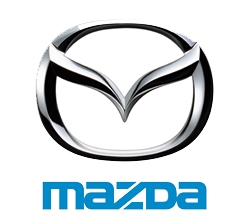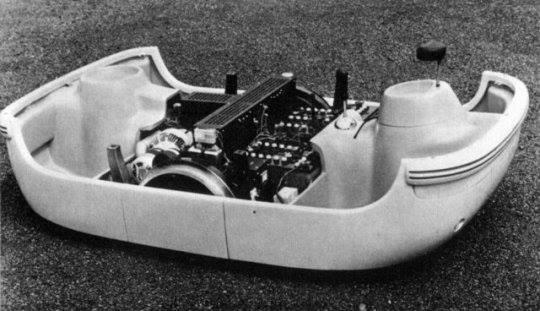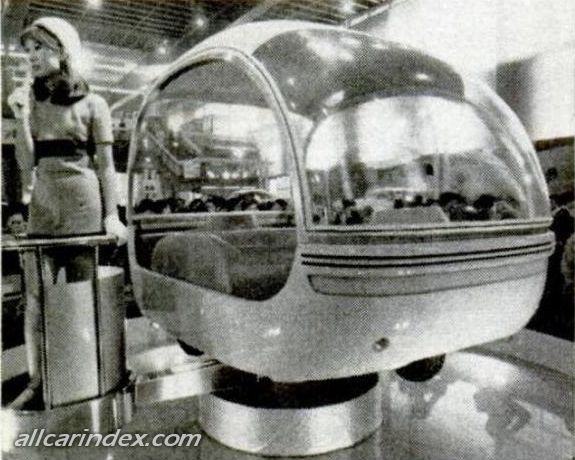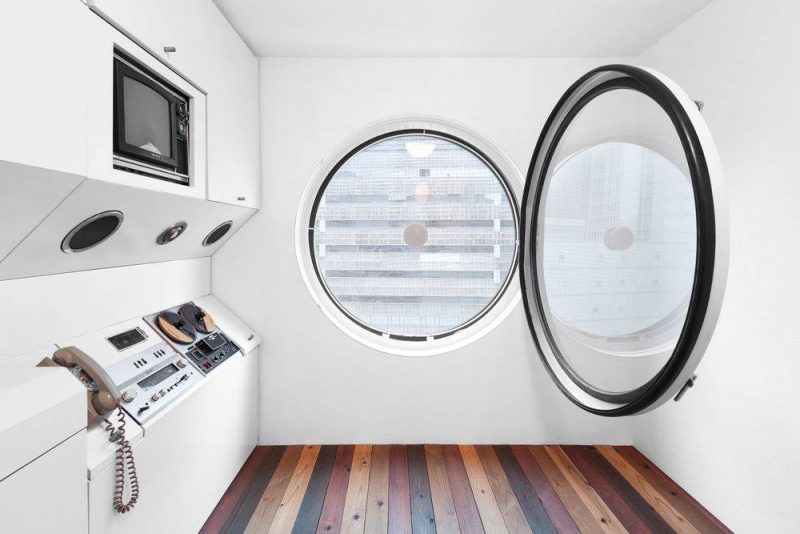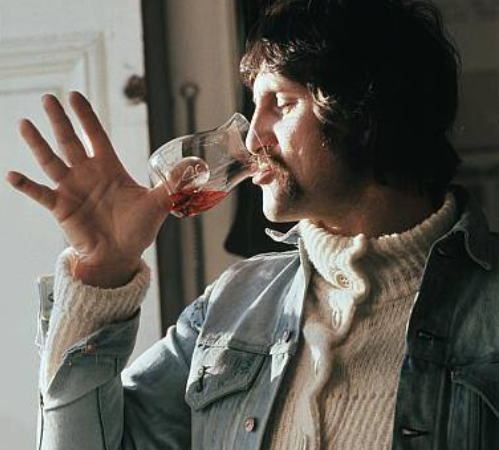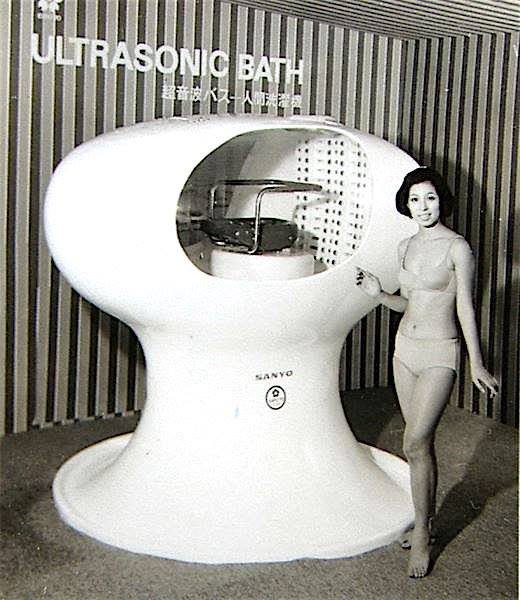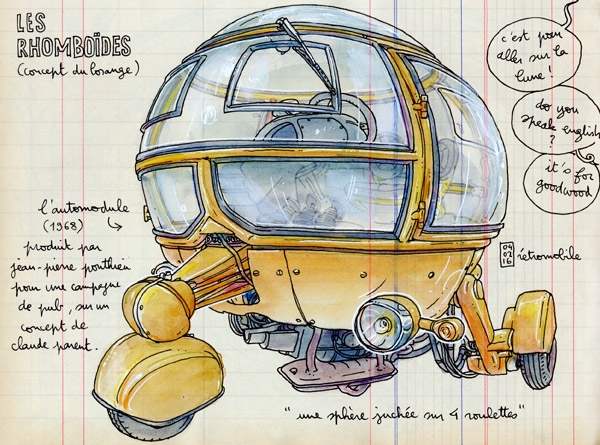Kenichi Yamamoto – Mazda
Kenichi Yamamoto – Father of the Mazda rotary engine 1922-2017
In 1959, Yamamoto became deputy director of the division design engines and vehicles. He oversaw several major projects Mazda to & rsquo; time, including the K360 and R360 truck, the first passenger car Mazda. The latter reach nearly 65% market share in the segment of kei cars, making Mazda an important leader in mobility in Japan d & rsquo; postwar, and Yamamoto a valuable part of the Tokyo Kogyo engineering team.

The 20 December 2017.
Kenichi Yamamoto, famous pilot of the & rsquo; team “47 Ronin” Mazda has commissioned the rotary engine, is dead. His family announced his death to the Japanese press on Christmas Day. Yamamoto had 95 years.
A true legend in the automotive world and a national hero in his home country of Japan, Yamamoto has become synonymous with the rotary engine, who literally wrote the book on it. His life course was in a deep breath of, from his birth in 1922. Yamamoto was born in Kumamoto Prefecture, although it subsequently moves with his family to Hiroshima. He graduated from the prestigious University of Tokyo 1944 with a degree in mechanical engineering and joined the Kawanishi Aircraft Company thereafter. In 1945, He was recruited into the Japanese Navy but returned to his hometown of & rsquo; Hiroshima in September after being devastated by the atomic bomb.
The atomic attack has killed the sister of Yamamoto and his family survived his mother. He took care of her and looked for work in the city completely devastated. Employment was extremely rare and the only job available after months of research was as a line worker in the transmission plant Toyo Kogyo. At the time, Toyo Kogyo – the predecessor and the parent company of Mazda – relaunched the production of three-wheeled trucks as part of the reconstruction of & rsquo; Hiroshima. Yamamoto The work was physically and mentally demanding, requiring daily assembly of transmissions and differentials. Constantly covered in oil, Yamamoto was far from d & rsquo works; engineering, up & rsquo; in the day when he fell on a pile plans. He began to examine his spare time, carefully checking the specifications and tolerances on the transmission components that assembled. Finally, Yamamoto diligence was noticed by a senior engineer, leading to a real engineering work. Yamamoto continued to design the first OHV engine Mazda – at the age of 25 years no less.
Le talent de Yamamoto a conduit Tsuneji Matsuda, président de Toyo Kogyo, to entrust the task of developing the rotary engine to secure the & rsquo; future of Mazda and s & rsquo; impose in & rsquo; automotive industry in giving life to new combustion engine from the & rsquo; dawn of internal combustion itself. To this end, Matsuda Yamamoto instilled the belief that the company & rsquo; Hiroshima could and must succeed through the & rsquo; & rsquo s ingenuity; engineering – a noble philosophy that has greatly inspired the young Yamamoto.
With a specially selected group of forty-seven engineers,
designers and materials specialists.
Who has come to be known as the 47 Ronin , the name of Samurai Japanese legend in the new Rotary Engine Research Division.
With Yamamoto, Mazda became the only automaker in the world to master the rotary engine, but its influence was felt beyond this formidable challenge d & rsquo; engineering. Over the years, l & rsquo; Yamamoto's influence continued to weigh heavily in the world of Mazda and the & rsquo; automotive. He was involved in the Mazda Phoenix project in years 1970 to reduce the fuel consumption of Rotary 40% and pass its emissions Clean Air Act 1970. It is the & rsquo; author of Rotary Engine , Volume d & rsquo; engineering on the eponymous theme. that have been published. He became president of Mazda 1984, President up & rsquo; in 1992, and continue to serve as advisor to the & rsquo; business after retirement. Well Named, Yamamoto was inducted into the automotive fame in Japan 2007, in recognition and celebration "débrayante determination to meet the challenge of the development of the rotary engine".
The operating principle of a Wankel engine (Rotary piston engine).
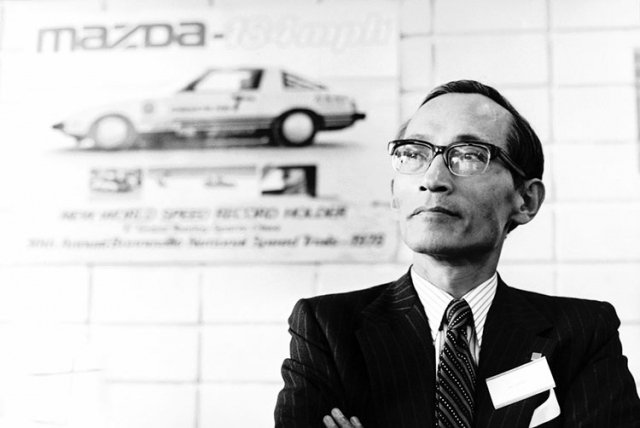
Source crédit de l’Article Kenichi Yamamoto Father of the Mazda Rotary Engine
Mazda RX-8 rotary engine History, June 2013 – Documentary: 2:29
In Japan, Yamamoto is considered the father of the rotary engine. Although & rsquo; it could have been designed by Felix Wankel, c & rsquo; is Yamamoto who & rsquo; studied, developed and nurtured into a viable product. C & rsquo; is through the efforts of Kenichi Yamamoto that Mazda was able to achieve, maintain with constant improvements for decades, and deliver fully in the hands , the lives and hearts of the people . We will miss, but its influence will continue to be felt for many decades to come.

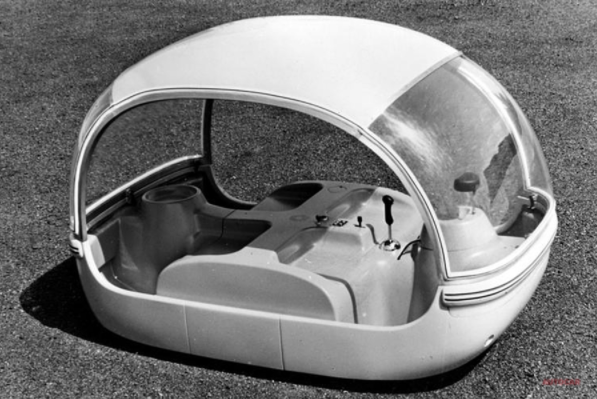
Mazda EX-005
Debuted at the Tokyo Motor Show 1970.
In fact, c & rsquo; was a 4 places, but passengers were sitting back to back and faced its panoramic curved windshield. The car was controlled by joystick and four wheels were arranged in a diamond rather than & rsquo; the four corners (note the wheel arches to the & rsquo; front and & rsquo; back). A rotary motor single rotor charged batteries (essentially a bunch of conventional car batteries hooked together) that feed the electric motors. His companion at the show, the sports car RX-500, gets fame, but the & rsquo; s mind & rsquo; hybrid would more 40 years later in the Mazda Demio prototype / 2 RE Range Extender.

La Mazda EX-005 was built in a rotary hybrid 1970.
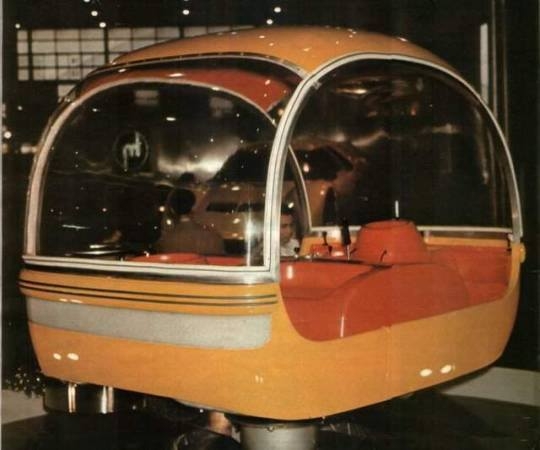

Bonus
1970 Mazda – RX-500 Concept

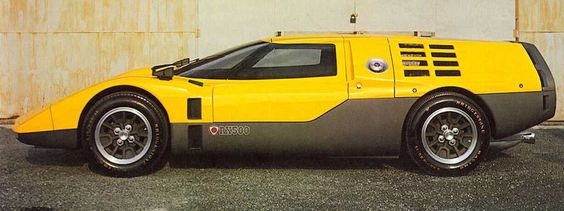

1991 – Mazda HR-X
First vehicle to hydrogen rotary engine.
The vehicle 1991 Tokyo International Motor Show debuted on this concept car is a Mazda developed the hydrogen rotary engine as fuel results of & rsquo; experience, the motor rotor with hybrid nickel-metal hydride battery. The fuel hydrogen is stored using a "storage alloy & rsquo; hydrogen" and & rsquo; outside the design as a "drop & rsquo; water". Engine development code 10X type rotor placed in front of the rear wheel, built for & rsquo; alloy & rsquo; aluminum, situated in the rotor of the d & rsquo material; sealing three porcelain apex. Captain 3 850 mm, car 1 700 mm wide, car 1 450 mm.

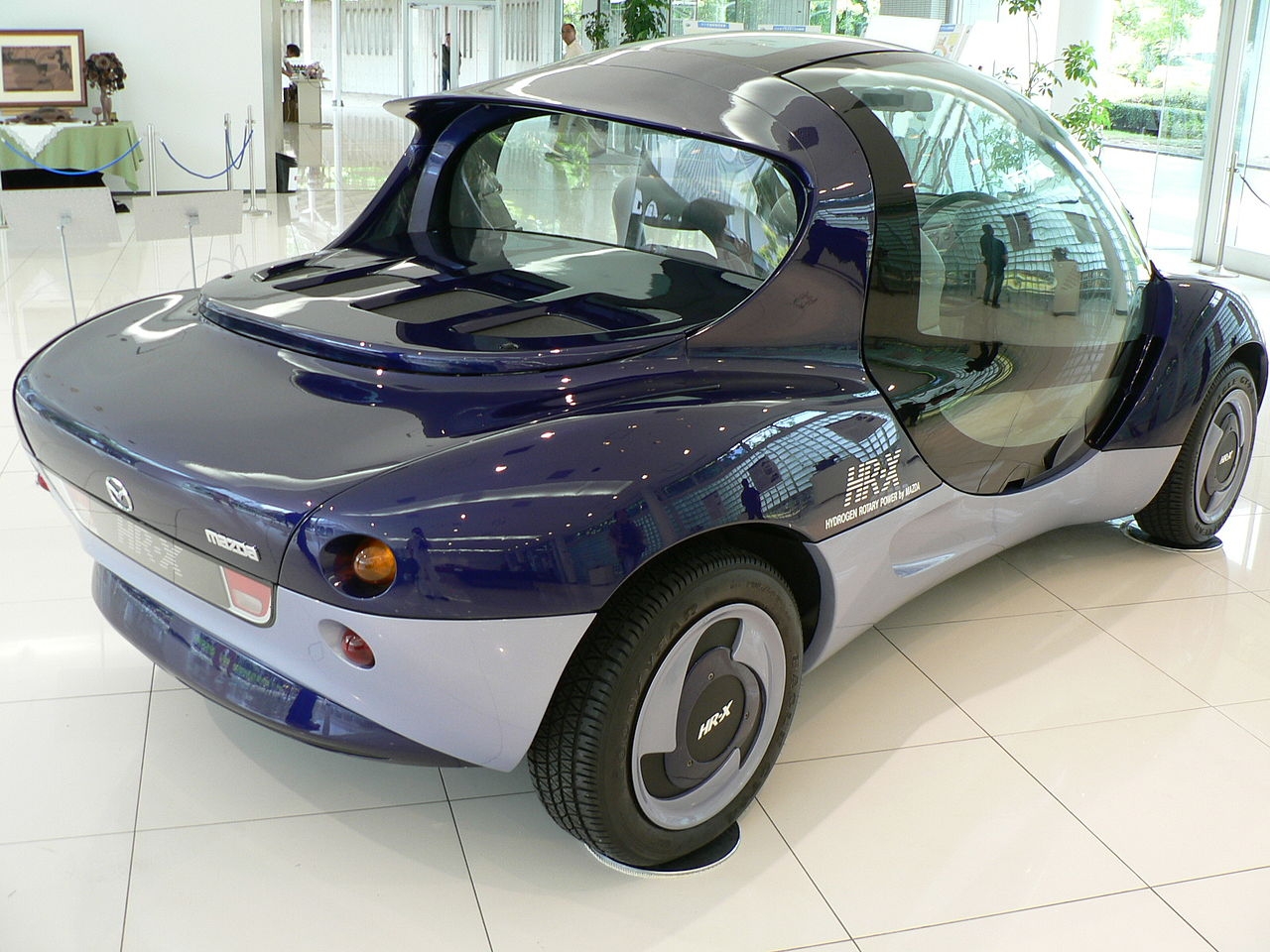
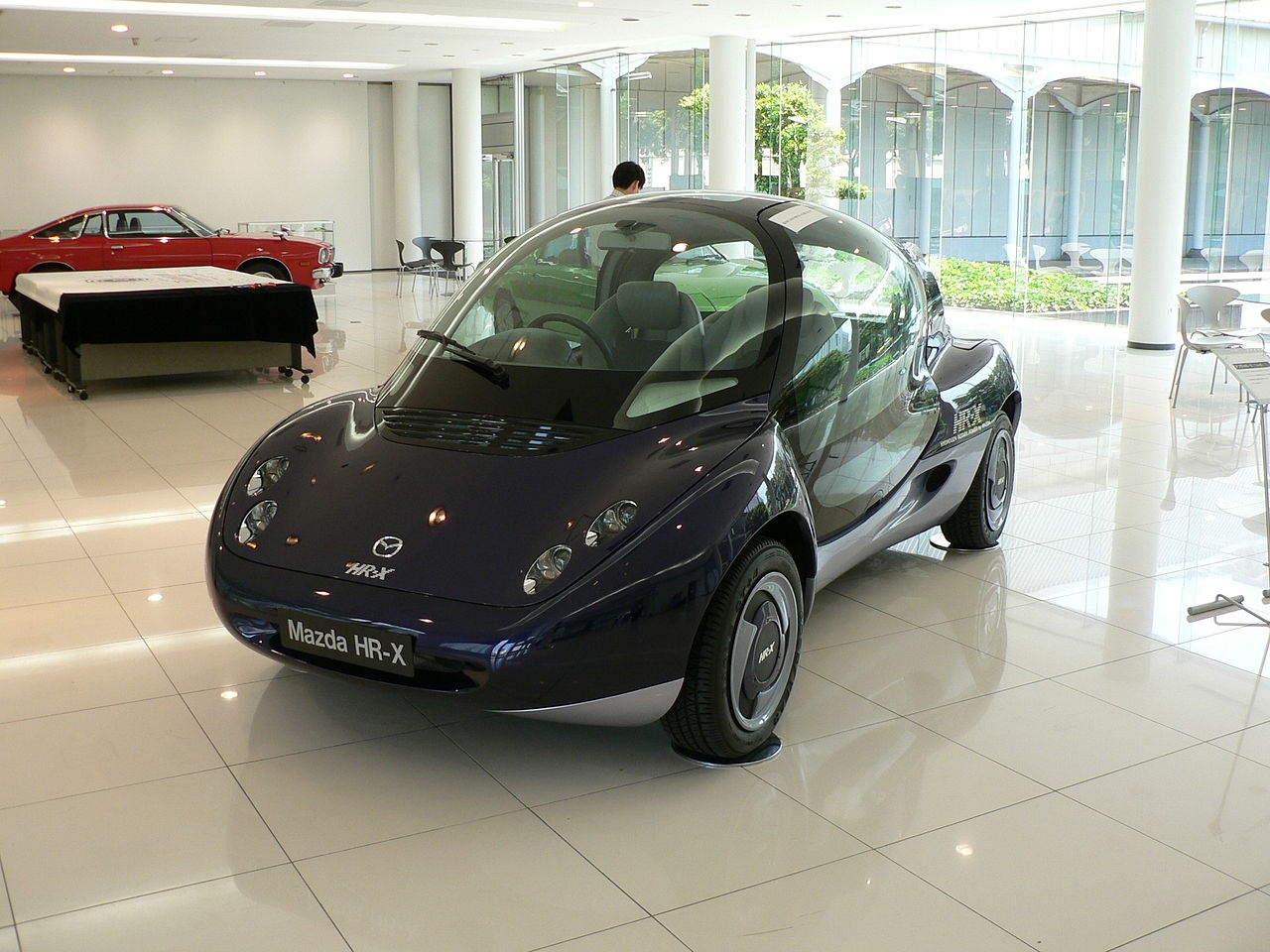
Mazda HR X2 Concept 1993
A rotary engine is an internal combustion engine crankshaft rotating about its remaining fixed. This type of engine was very common at the beginning of & rsquo; aviation (in the years 1910) when the power / weight ratio was the main criteria before consumption and reliability. Rotary engines are commonly referred to as rotary piston engines such as
engine Wankel or the Quasiturbine.
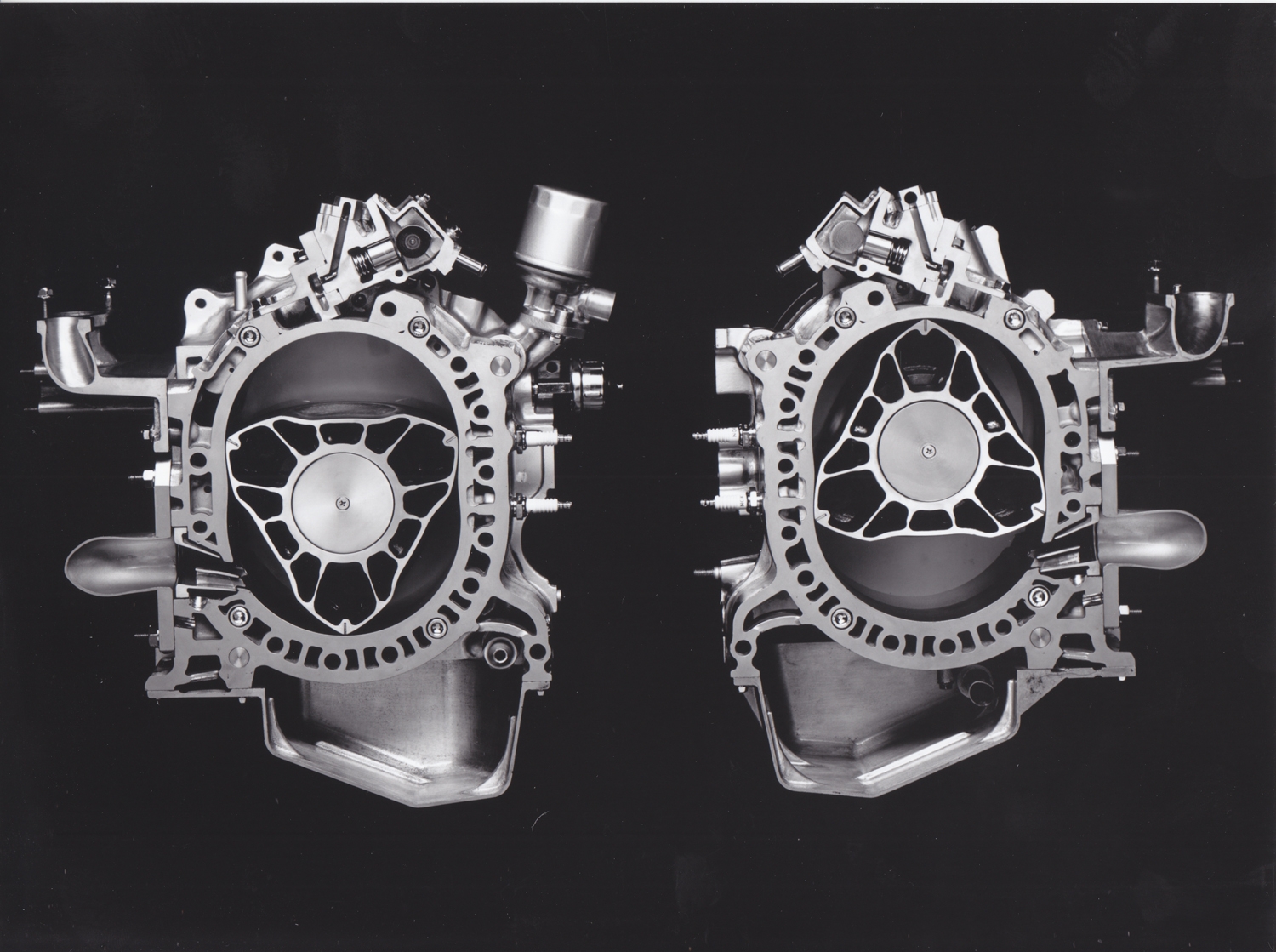
Mazda and HyNor Project:
In 2006, Mazda was the first automaker in the world to commercially rent a rotary engine car powered by hydrogen. One year later, the Japanese brand was a big step in its commitment to this fuel : the signing of an agreement with a hydrogen distribution infrastructure project in Norway, HyNor, for the delivery of the new RX-8 Hydrogen RE. The HyNor Project was born to promote hydrogen as a fuel alternative in Norway. Over fifty Norwegian partners, including public bodies, industry, companies and universities, working together to develop the first hydrogen distribution network in Norway. In May 2009, HyNor the Partnership announced the official opening of the Norwegian Hydrogen Highway. henceforth, it is possible to cross the road between Oslo and Stavanger - almost 600 km - when refueling hydrogen as needed.
Rotary engine ideal for hydrogen
If Mazda chose the rotary motor rather than its competitor linear motion basic way for its hydrogen vehicles, the decision can not be explained only by the unique experience of the brand in the Wankel technology. this engine, indeed, lends itself remarkably the requirements of hydrogen fuel. As we have seen, hydrogen is highly combustible. This can cause problems in the combustion chamber of a linear motor (abnormal combustion). In the traditional engine, the air-fuel mixture is directly injected into a high temperature combustion chamber, closed by d & rsquo valves; hot exhaust. These conditions are very unfavorable. They limit the interest of & rsquo; hydrogen as a fuel of a linear motor. by contrast, the rotary motor, admission rooms, combustion and exhaust are separated. Hydrogen is injected at a lower temperature ; it is only at the last moment it comes into contact with higher temperatures of combustion chambers. Another key feature of hydrogen : for an equivalent volume, it produces less energy in the combustion, because its density is less than that of gasoline. The low density of hydrogen, injected gaseous, means that the amount required for combustion occupy 29,5% the volume of the combustion chamber, against 1,7% only for gasoline. This would reduce the amount of air injected, with the key to incomplete combustion and a decrease in power. To remedy, it is preferable to inject it directly into the combustion chamber. D & rsquo; elsewhere, it is easier to add an injector in the intake chamber of a rotary motor on the side of the cylinder head close to & rsquo; a linear motor. The rotary engine, otherwise, is better able to mix the & rsquo; air and & rsquo; hydrogen, because of its longer cycle. This results in a more uniform mixture, which improves combustion.
As stated by Patrick Gandil, Director General of Civil Aviation, “the engine is the soul of the aircraft”. From this observation was born the document entering, which traces the history of engine engineering using archive footage and expert testimony, before leaning on technologies currently under development.


